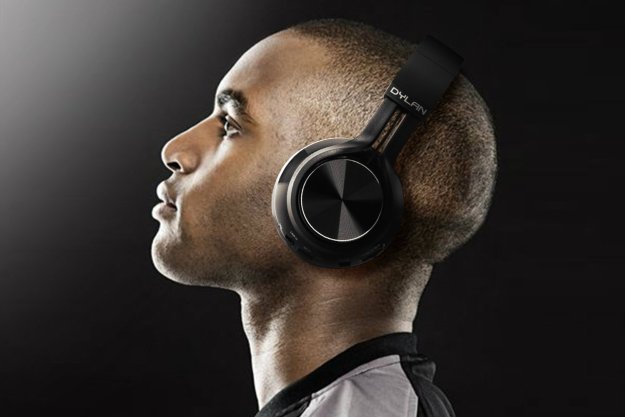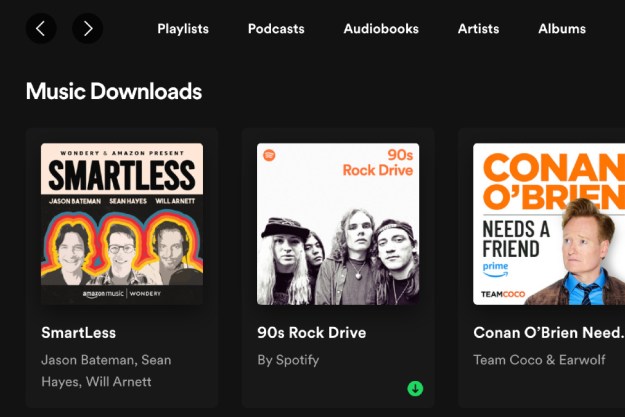Marantz’s new Premium 10 Series CD player and amp deliver a soundstage so expansive you forget where the speakers are placed, and have a design that’s so exquisite you’ll want to show it all off.
“It’s like the voices are floating in the air,” said Ken Ishiwata, renowned high-end audio luminary and brand ambassador for Marantz, as Peter Gabriel finished singing Rhythm of the Heat. He was selecting the music to demonstrate the new Marantz Premium 10 Series amp and CD player, and his description put into very simple words, a quite astonishing effect. Despite there being only two Bowers & Wilkins speakers in front of us, the soundstage produced was so expansive, you’d swear there were three times that amount.
The hardware may be miniature, but the sound produced is anything but small.
The 10 Series may be Marantz latest reference class audio hardware, but it’s steeped in history. It’s the spiritual successor to the Reference Series MA-9, SC-7, and SA-7, more widely known as entrants into the Legendary series, which were released to much acclaim 12 years ago. A monstrous tower of amps, DACs, and a CD player, Marantz saw it as the pinnacle of amplification and music playback. However, times have changed, and it’s no longer necessary to fill an entire corner of the room with audio tech to obtain the same quality. The Premium Series 10 is compact, subtle, and stylish. Yet, Marantz has designed it to challenge the Legendary kit for sonic prowess.
It was the vocal performance in the Gabriel track — an analog recording from the ’80s, rather than a Hi-Res digital file from 2016, it turned out — and in KD Lang’s Hallelujah, which really emphasized the Series 10 beautifully constructed soundstage. The vocals were lifted, center stage, with uncanny precision. Not only was the illusion of the singers being in the room expertly cast, but they were elevated up on a stage, encouraging you to raise your head to “see” them, rather than look down, eyes closed, or straight ahead at the speakers.
During a live recording of Adele’s Hello, the dynamic stereo separation impressed, as applause scattered around the room, again belying the fact there were just two speakers producing sound. There was room-filling volume, a strong bass punch, and a gloriously natural mid-range. But you’ll want to listen again and again for the way it presents the music. Realistically, but with its own, almost ethereal twist. The hardware may be miniature, but the sound produced is anything but small.
SA-10 and PM-10
To experience this for yourself, you’ll need the SA-10 SACD/CD player and the PM-10 integrated amplifier, described by Marantz as “a re-invention of the design principles” held by the company, and the result of extensive research and testing. Ken Ishiwata took a special interest in development and tuning of the 10 Series, specifically singling out the all-new disc-transport mechanism on the SA-10, made exclusively for the player, saying that although it was expensive to make, “if we want something special we have to do it.”
The player doesn’t stop at CD and SACD playback, and will recognize discs burned with hi-res files, or those taken from a USB source. Marantz calls the SA-10 a “clean design” product, preferring to build it from the ground up, rather than re-use established techniques, including a new way of converting digital signals over to analog. All digital signals, whether they’re from a disc of file, are converted over to DSD256 — four times the sample rate SACD uses — then passed through a DSD converter before reaching the amp. Other amps down-convert to PCM, but Marantz says its way results in the purest sound.
It’s the PM-10 integrated amp that’s responsible for saving the space needed to accommodate the original Legendary series setup, squeezing a dual mono block integrated amp with a power supply for each channel into a single aluminum-fronted case. We listened to SACD and hi-res file playback, but its discrete phono stage makes it ideal for vinyl playback as well. The amp’s design is even more minimalist that the SA-10, with only the display, a single power button, a headphone jack, and a pair of control knobs on the front.
Run the PM-10 with a pair of 8 ohm speakers and it’ll deliver 2 x 200 watts, or at 4 ohms, it’ll send out 400 watts to each channel. It’s fully balanced at the pre-amp stage, plus there are separate power supplies for the pre-amp and the processor. The pair come in either the gold color seen in the pictures, or a more understated black color scheme.
Whether it’s the engineering prowess behind a car like the original Austin Mini, or the intricate inner workings of a Swiss watch, there’s something special about great things in small packages. The Marantz Series 10 fits what once was stored in multiple cases into just two beautiful components, then delivers sound on a scale greater than one expects. You’ll be able to buy the SA-10 and PM-10 from January next year, and they’ll cost £5,500 ($7,580) and £6,500 ($9270) respectively, but the final U.S. price is still to come.
Highs:
- Expansive soundstage
- Serious power
- Versatility
- Stylish, subtle design
Lows:
- You’ll probably have to save up








